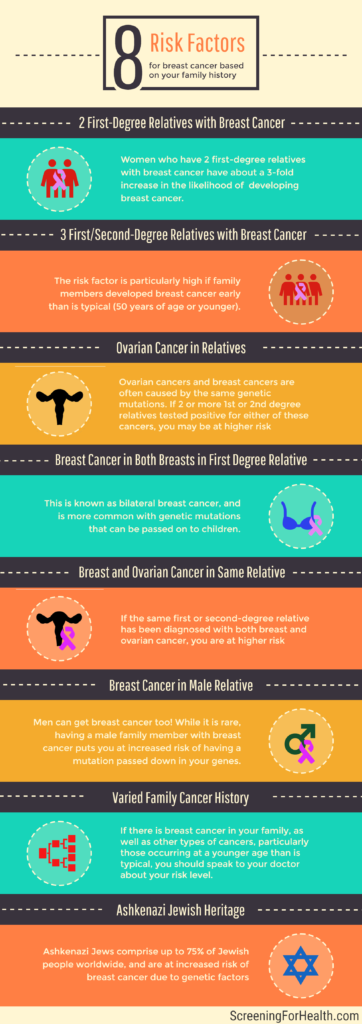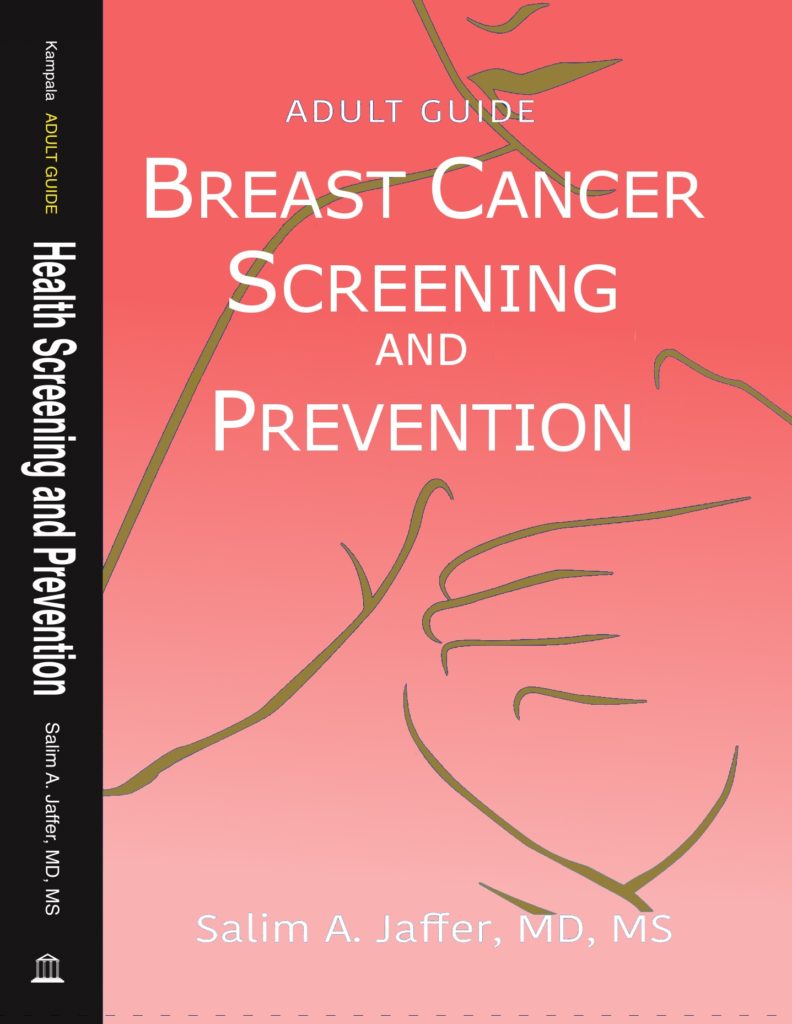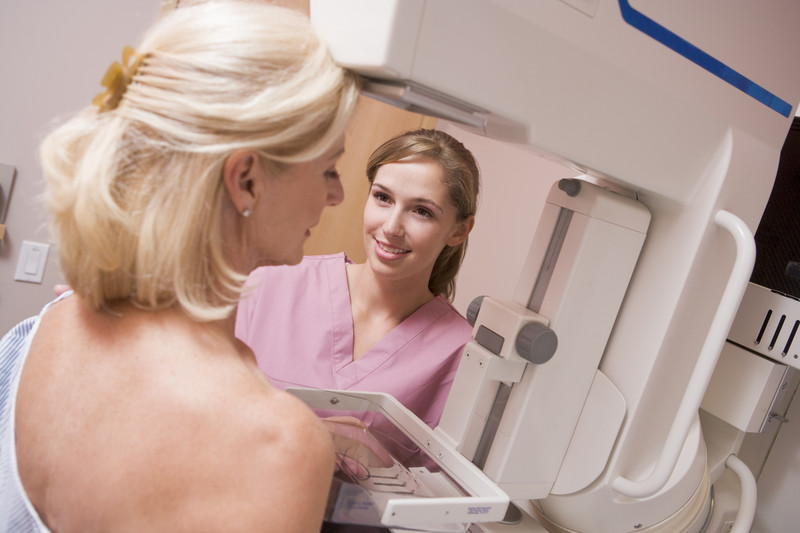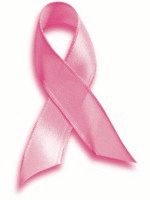The most important thing to consider when it comes to genetic testing is family history. Typically, if you don’t have a family history of breast cancer, and are not of Ashkenazi Jewish heritage, you do not need to get genetic screening to determine if you might be a high-risk patient.
So what should you look out for when it comes to family history? We’ve made a handy infographic to help outline the major red flags.

 This week marks the launch of our 2nd e-book in the
This week marks the launch of our 2nd e-book in the 
 In October 2015, new breast cancer screening guidelines were published by the American Cancer Society. At the time, we were halfway through the publishing process for our new book. We immediately threw on the breaks and started all over again in order to rewrite the chapter on breast cancer. Even though the ACS is one of several organizations that propose breast cancer screening recommendations, their recent data provides strong evidence that screening too early for breast cancer can do more harm than good.
In October 2015, new breast cancer screening guidelines were published by the American Cancer Society. At the time, we were halfway through the publishing process for our new book. We immediately threw on the breaks and started all over again in order to rewrite the chapter on breast cancer. Even though the ACS is one of several organizations that propose breast cancer screening recommendations, their recent data provides strong evidence that screening too early for breast cancer can do more harm than good.